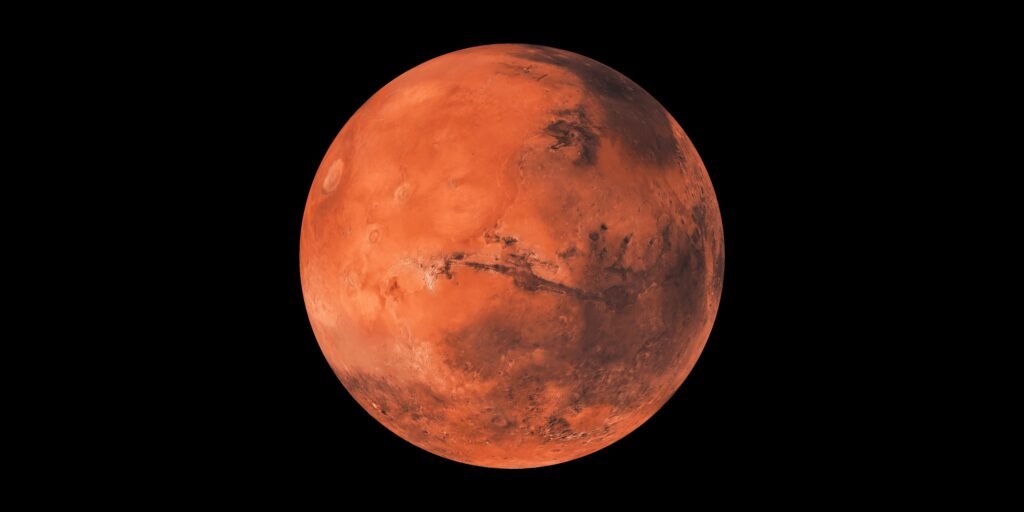Researchers at the University of Poitiers and CNES have developed an innovative gas chromatography method. Details are published in the magazine Chemosensors. This method enables the detection of amino acid-like compounds on Mars, providing an essential tool in the search for extraterrestrial life.
In their ongoing research to unravel the mysteries of the universe and explore the possibility of extraterrestrial life, researchers at the University of Poitiers in Poitiers, France, and the Center National de la Spatial Studies (CNES) in Toulouse, France, have made important achievements. I raised it. Developed pioneering technology to detect amino acids on Mars, advancing the search for extraterrestrial life.
It was published in the magazine chemical sensorThe study, led by Claude-Geoffroy-Rodier, a lecturer at the University of Poitiers, focused on identifying amino acid-like compounds on the surface of Mars using gas chromatography combined with mass spectrometry (GC-MS). is guessing. This breakthrough technology could be useful for future missions aimed at searching for signs of life on Mars (1).
Amino acids, the basic building blocks of life on Earth, are important targets in the hunt for extraterrestrial life. Mars’ harsh environment has long piqued the curiosity of scientists looking for indicators of the possibility of life beyond Earth. The authors of this study aimed to adapt GC-MS to withstand the rigors of space exploration and be able to detect these organic compounds on Mars.
Gas chromatography combined with mass spectrometry has already demonstrated molecular-level detection capabilities in space instruments, but its limitation is that it can only analyze thermally stable volatile substances. However, researchers found a solution by derivatizing amino acids to make them compatible with remote GC-MS experiments. This derivatization method, known as silylation, was previously successful on NASA’s Curiosity rover and led to the identification of benzoic acid and ammonia on the surface of Mars.
In this latest study, the team not only optimized the derivatization process but also introduced an extraction step using a mixture of water and methanol. This was a previously unexplored method on Mars. This one-pot extraction and derivatization process improves chromatogram recovery and interpretation and could open new avenues for detecting amino acids and other complex molecules on the Martian surface.
Furthermore, researchers proposed treating GC-MS as a sensor and using total ion chromatogram (TIC) method as a recognition response pattern to detect specific compounds. This approach could greatly simplify sampling site selection in future Mars sample return missions.
The TIC method is a commonly used analytical technique for mass spectrometry combined with gas chromatography (GC-MS). This includes monitoring and recording the total ion current, which is the sum of all ion signals generated as molecules pass through the mass spectrometer’s detector during GC-MS analysis. TIC provides a comprehensive overview of the entire sample composition and enables the detection and identification of different compounds present in complex mixtures. Researchers can use TICs as fingerprints or recognition patterns to detect specific compounds or changes in sample composition, making them a valuable tool in analytical chemistry for identifying biomarkers in complex samples.
This article was written with the help of artificial intelligence and edited for accuracy and clarity.You can read more about us Click here for AI utilization policy.
reference
(1) Fukili, R. Timoumi, R. Rioland, Georgia. Poinot, P. Baron, F. Grégoire, B. Geffroy-Rodier, C. Gas chromatographic fingerprint of Mars amino acids prior to analysis of returned samples. chemical sensor 2023, 11 (2), 76. DOI: 10.3390/chemosensors11020076

